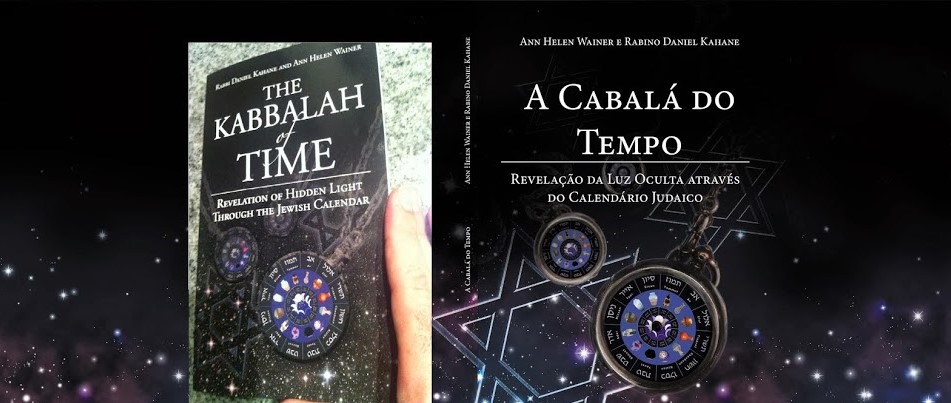Fourth Cycle: Rosh Chodesh Kislev
to Chanukah
Zayin & Chet
The Waters & The Seas
Pirkei Avot:
7. There are seven things that characterize a
boor, and seven that characterize a wise man. A wise man does not speak before
one who is greater than him in wisdom or age. He does not interrupt his
fellow's words. He does not hasten to answer. His questions are on the subject
and his answers to the point. He responds to first things first and to latter
things later. Concerning what he did not hear, he says "I did not
hear." He concedes to the truth. With the boor, the reverse of all these
is the case.
8. Seven types of retribution come to the
world, for seven types of sin. When some tithe and others don't, a hunger
caused by turmoil ensues: some are hungry, others have their fill of food. When
all are unanimous in their failure to tithe, a hunger by drought ensues. For
not separating chalah, an annihilating hunger results.
Plagues come to the world for those capital crimes
mentioned in the Torah that have not been given over to the court, and
for desecrating the produce of the sabbatical year.
The sword comes to the world for the procrastination of
justice, the corruption of justice, and because of those who misinterpret the
Torah.
This Wednesday, the 4th of Kislev, begins the fourth set of 22 days of the Jewish calendar, which parallel the letters Zayin and Chet, as well as the Waters and the Seas in Perek Shirah.
Just as we saw with Gimmel and Dalet and then with Heh and Vav, the letters Zayin and Chet are also complementary. Zayin represents Creation, the physical struggles connected to it as well as the spirituality within it, such as the Shabat. Zayin means weapon, and Zan means to provide (materially). There is a deep connection between making a living and going to battle. The word for Lechem (bread/sustenance) is also found in the word Milchama (war).
(See Rabbi Michael
Munk's, "Wisdom of the Hebrew Letters")
Chet, on the other hand, represents tremendous power and inner qualities that are above nature. Chet stands for Cheit (sin), but also the ability to overcome sin and live (Chaim). (Munk) Rebbe Nachman of Breslov, in the opening pages of Likutei Moharan, explains that Cheit is Chiut (vitality), which is also the inner wisdom (Chochmah) and thinking (Sechel).
The Water and the Seas have a similar kind of relationship. Water is the source of life in the physical world. We ourselves are made of mostly water. Yet water also represents the Torah, and is deeply connected to all things spiritual. The Waters sing: "The sound of His voice places the multitude of waters in the heavens and He raises the vapors from the end of the earth." (Jeremiah 51:16) Water is connected to both heaven and earth; the material as well as the spiritual.
The Seas represent tremendous awe-inspiring might, deep below the surface, yet reflecting also G-d's tremendous heights. The Seas say: "More than the voices of many waters, mightier than the breakers of the sea, Hashem is mighty on high." (Psalms 93:4) The Seas also represent inner wisdom, waiting to be revealed, like in the splitting of the Sea of Reeds in our redemption from Egypt. (See Rabbi Slifkin's, "Nature's Song")
The 22 days of this cycle all fall within Kislev. Kislev represents
the month of the physical and spiritual struggle against the Greeks. It is also
a month very much connected with supernatural redemption (ie. the 8 days of Chanukah)
as well as deep supernatural kabbalistic wisdom (represented by the olive oil and the light of the Menorah) and secrets, such as those revealed beginning on the
19th of Kislev - the Rosh Hashanah of Chassidut and the date of the personal redemption of the Alter Rebbe of Lubavitch.
